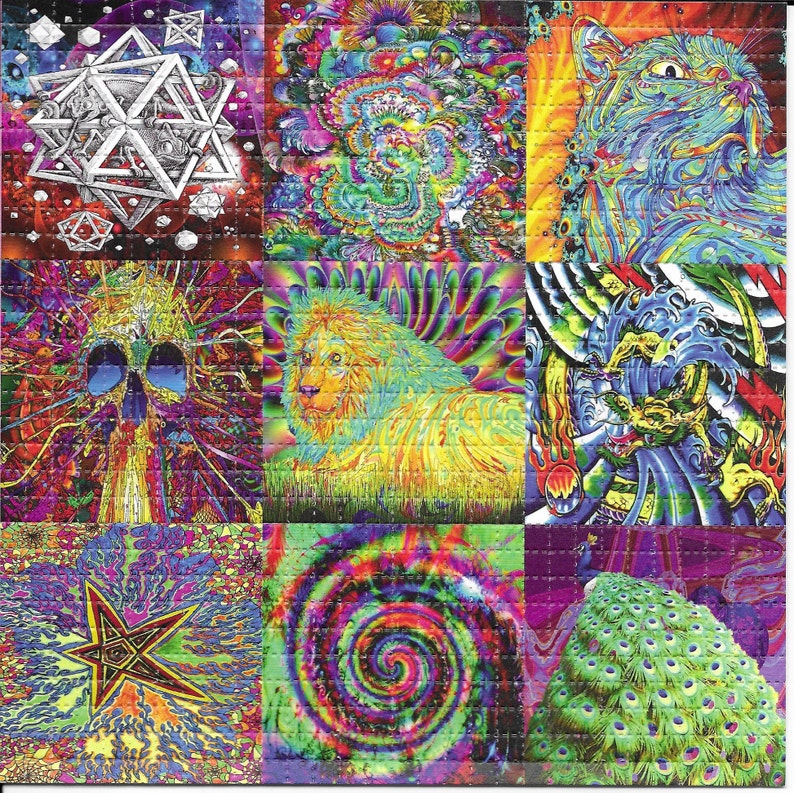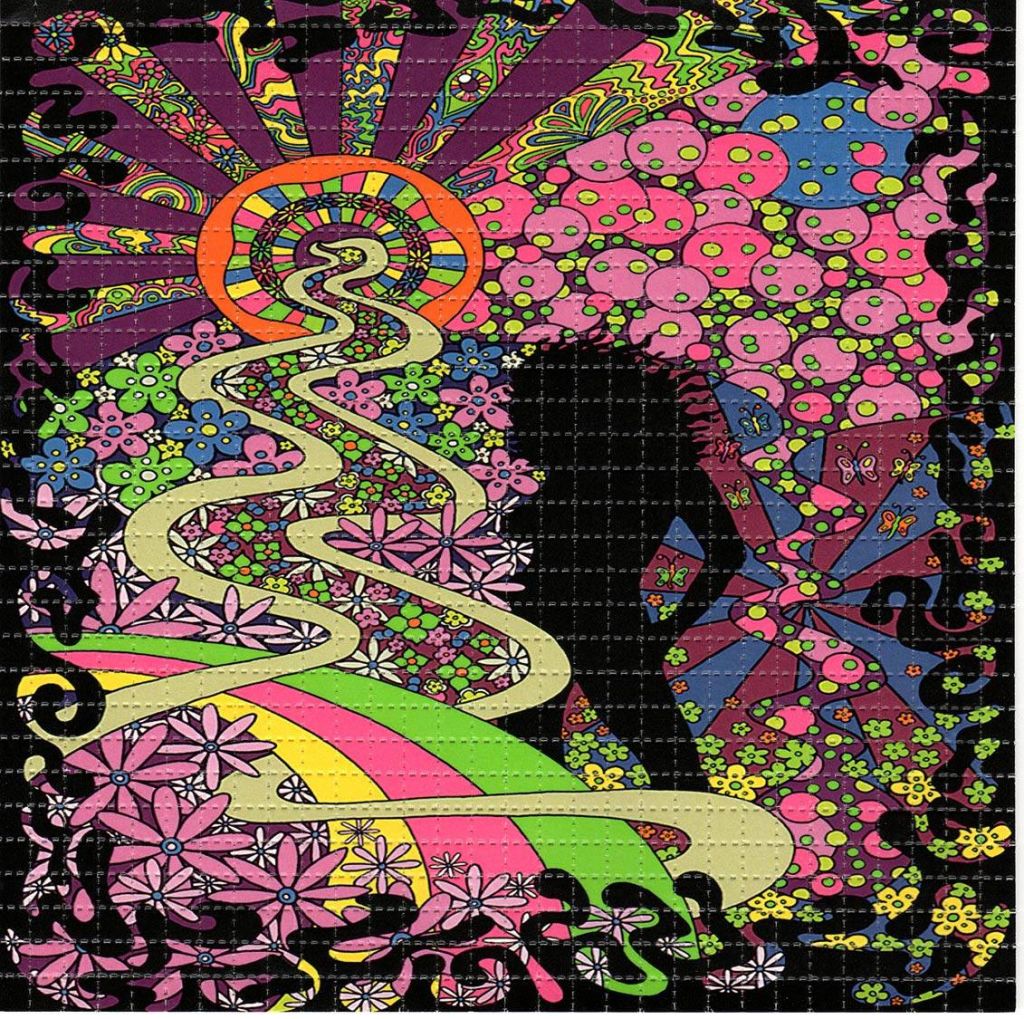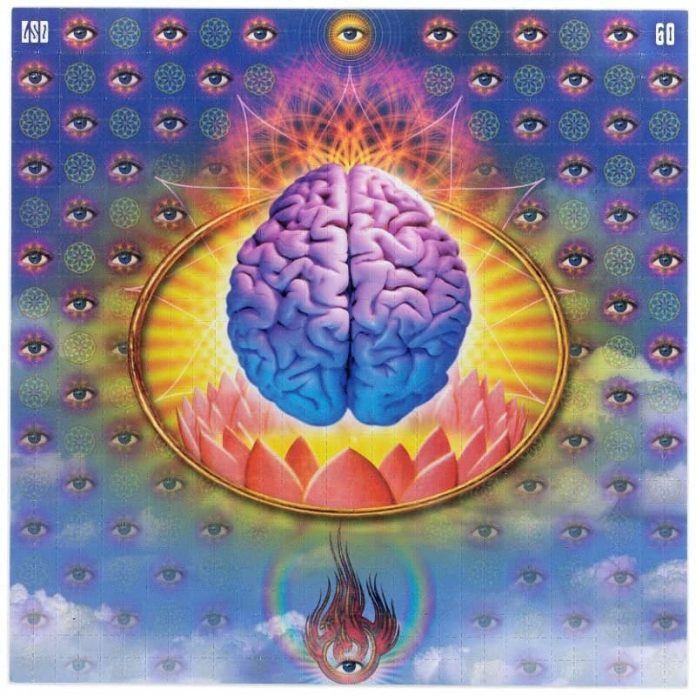

There are also practical considerations - certain analogs could be more potent leading to more profit, or possess varying effects that could appeal to different markets. When George Mallory was asked why he wanted to climb Everest, he replied “Because it’s there.” A similar desire for exploration may apply to the very few chemists possessing the skill and access to the required precursors. Alterations in the Nocturnal Sleep Cycle Resulting From LSDĢ011 12 /01 CATEGORY Compounds TAGS blotter ergoline LSD psychedelic research chemical 11 comments.Clarifying the Confusion Regarding LSD-25.Whether these exotic relatives of the world’s most famous psychedelic remain limited to a select few or have been surreptitiously released on a wider scale to a mostly unaware public remains to be seen.īluelight Forum > Focus Forums > Psychedelic Drugs > The Big & Dandy Non-LSD Ergoloids Blotter Thread. The precursors are available, the skills are out there, and the desire exists. It is very likely that closely related compounds to LSD have been synthesized and tested in man. It seems likely that these problems will become more manageable as technology progresses. Even if these tests are conducted, the data is not typically shared widely. The major issue is lack of comprehensive test results, as GC/MS analysis is not easily available.

These blotters were clearly active in man, and displayed a psychedelic character very close to LSD. The blotter cannot be positively identified as LSD, but it also cannot be identified as a closely related compound or even as a completely different psychedelic compound. Unfortunately it appears that no clear conclusions can be drawn.


So, you’re missing quite a bunch of the normal peaks but you have what might be degradation products or side impure product present, but it seems pretty inconclusive. The huge peak at 72 is suspicious and the initial peaks at 44/58 as well (small substituted amines?).Ģ96-208 is usual fragment for N-Et-LSD and a peak adjacent to 209 is presentģ10-209 characteristic of nor-LSD/nor-iso-LSD I personally have not a clue what this is - the fragment for d-Lysergic acid diethylamide, LAMPA or sec-LSB is always at 324, yet here we have 326 (the only one that comes to mind is deuterated-LSD which is usually 327). It’s not the N-(3-Pentyl) derivative as well Sec-LSB gives an almost indistinguishable MS to actual LSD, so I doubt it’s that. These early interpretations of the GC/MS results were challenged however. Initial evaluation seemed to bear out the hypothesis that these results reflected a novel and interesting compound closely related to LSD, perhaps lysergic acid 2-butyl amide (LSB) or lysergic acid 3-pentyl amide (LSP). Sufficient suspicions were raised about the contents of this blotter to instigate a GC/MS test.
Lsd blotter art sasha series#
It is part of a larger recurring blotter art series that is consistently widely distributed and well received, and as such appears to originate from the depths of the notoriously secretive LSD black market. It celebrates the life of Albert Hofmann, who lived from 1906 to 2008 and was the first to synthesize and consume LSD. This is not a esoteric print with limited circulation. One suspected blotter print is the 1906-2008 Hoffman Oms. This particular variant has been described as a sort of neo-LSD that appears more euphoric, more visual, shorter acting, and less “spiritual” with the accompanying decrease in potential for anxiety. Certain blotter prints have been distributed with something that could pass for LSD but seems different to experienced tastes. There are some who argue that experimentation of this nature has been ongoing, but has been executed through entirely different distribution channels - namely the LSD black market. Perhaps this is simply the result of watched precursors and more elaborate synthesis routes than established products, but experimentation by the research chemical market seems rather lackluster based on the reputation of the parent drug and possible potential. The interesting fact is that none of them appear to have hit the market in significant volume. There is nothing at all preventing the existence of exotic research chemicals based on the ergoloid backbone, and in fact several are known that have significant recreational potential based on academic studies. The research chemical market is based on the philosophy of tweaking existing recreational molecular backbones, yet compounds based on LSD appear to be few and far between.


 0 kommentar(er)
0 kommentar(er)
